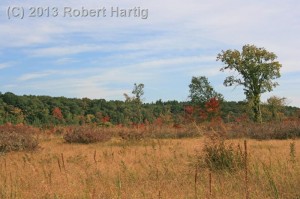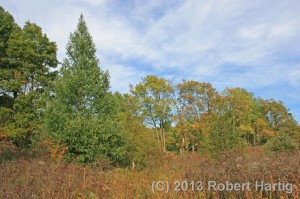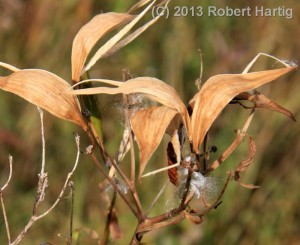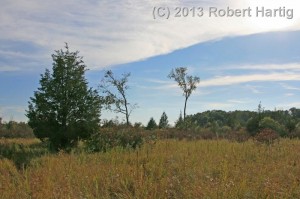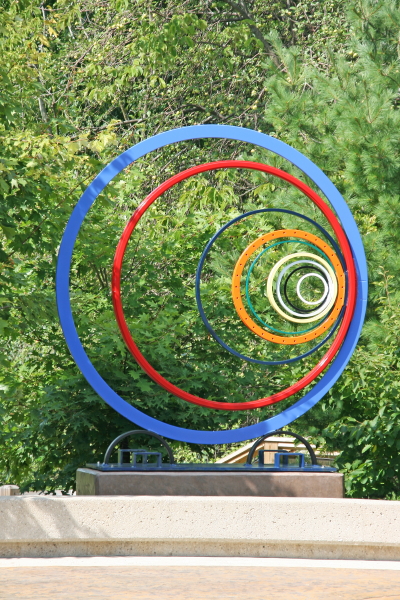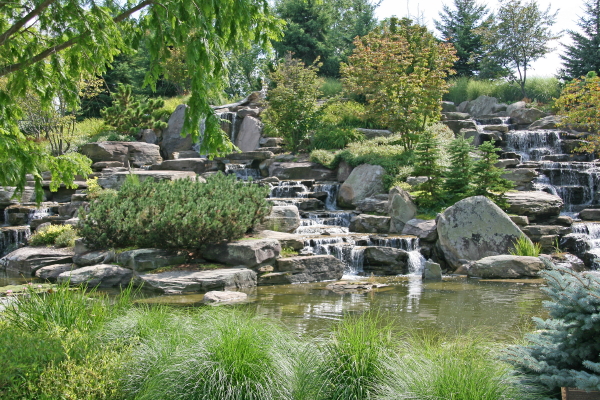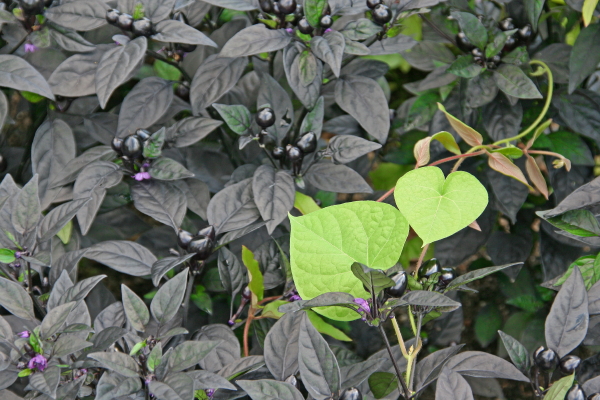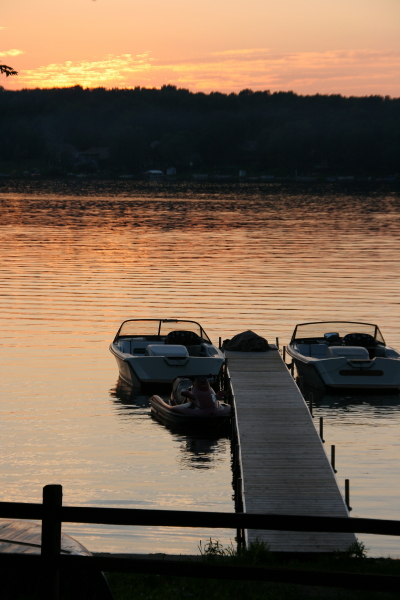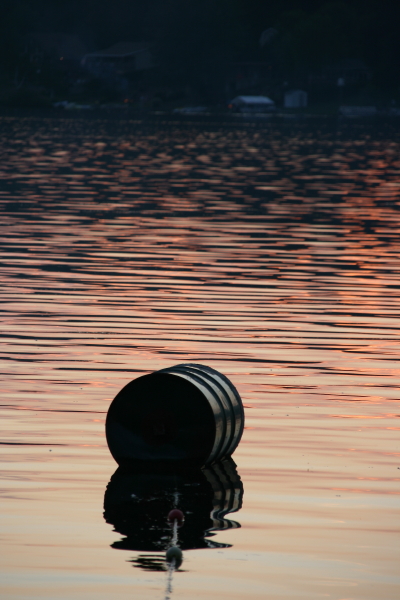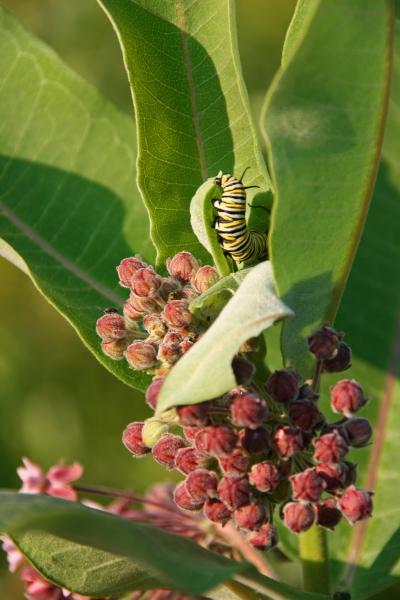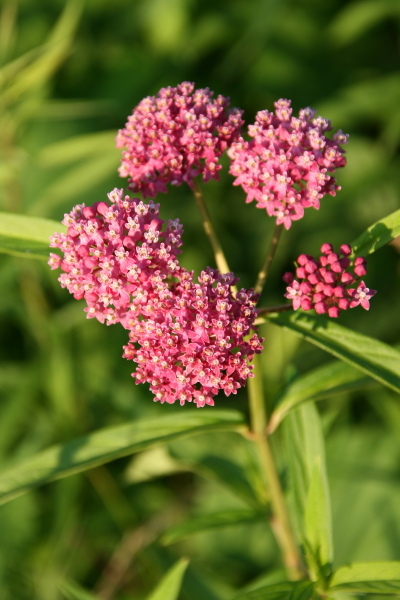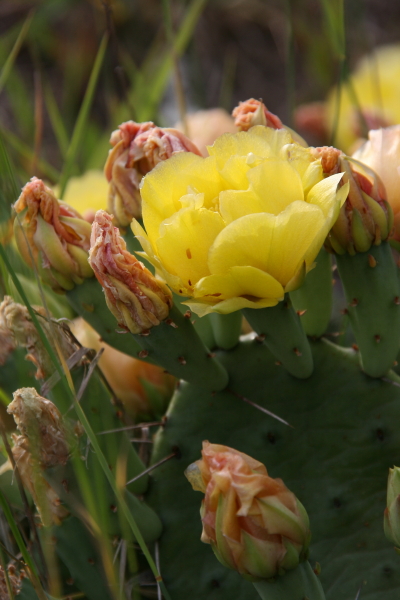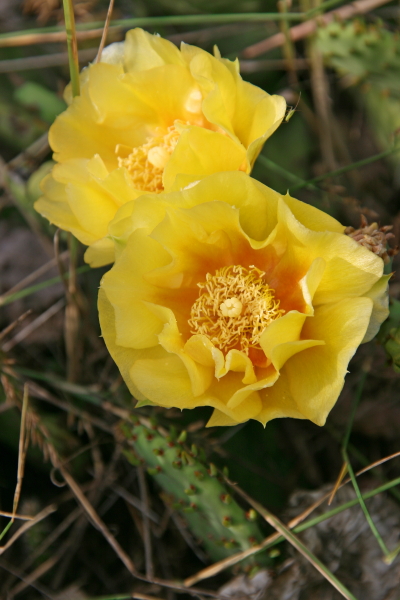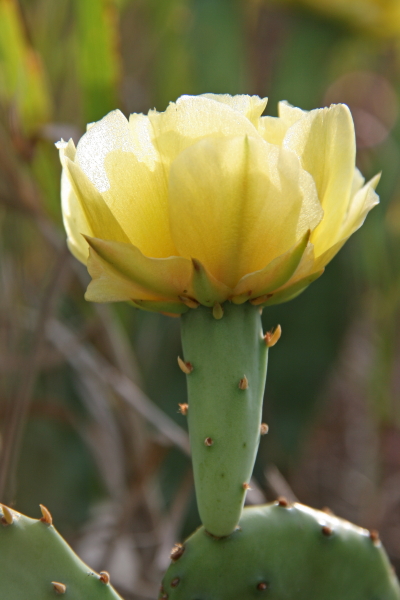Three miles south of Middleville, Michigan, lies Upton Road Fen. That is the name I have given the place for convenience to provide some sense of location. In reality, the fen is nameless. Rarely do wetlands in Michigan have an actual place name, and in the case of this wetland, that is just as well, because the name “Upton Road” hardly does justice to either the magnificent sweep and diversity of the fen or the loveliness of the sandy forest trail that winds through archways of hardwood past the fen’s northern border.
Prairie fens are a rare and unusual kind of alkaline wetland, rich in plant life, and Barry County is a bastion for these beautiful and fascinating ecosystems. Upton Road Fen may well be the largest of its kind in this part of the state. If not, it is certainly one of the larger ones, stretching three-quarters of a mile from corner to corner and encompassing a wide palette of fen habitats, from drier cinquefoil fields, to sedge meadows, to a wet, reedy seep, to a floating mat on the lowest, southeast end. Pitcher plants grow here, and wild orchids, and blazing star, and deep blue fringed and bottle gentians. Tamaracks rub shoulders with red cedars, and here at the end of September, poison sumac shrubs dot the periphery of the fen, glowing incandescently like fiery rubies strung across a vast necklace where the wetland meets the woods.
I have come here on this bright, late afternoon in search of gentians, and I am not disappointed. They are here, fully open, batting their fetching blue lashes at the slanting September sun. Little coquettes! Gentle, sweet wildflowers, flirty yet shy, like teenage girls just discovering their charms. I have intended to get photographs, but my camera’s battery is lower than I realized, and it dies on me after just a few landscape shots plus some odds-and-ends closeups. The latter include this old seed pod with one tufted seed still clinging gallantly to it. I don’t know what the plant is–it’s actually a shrub of some kind, and far be it from me to venture a guess as to its identity. I’m just not much of a shrub man.
I walk cautiously, keeping an eye out for massasaugas. In the many times I have visited this fen, I have never seen one, but I am told they are here and actually plentiful. I would love to see one, but not today–I left my heavy boots at home, and I wouldn’t care to have my first encounter with Michigan’s only rattlesnake result from my stepping on one with these old, threadbare athletic shoes I’m wearing.
Fortunately, my snakeless record remains pristine as I head back to the car. It has been an all-too-short visit on this radiant afternoon, but I have things to do and it is time to go. I am grateful, though, for these few minutes here, beyond the grasp of the frenzied world, where time slows down and invites me to do likewise long enough to see the smile of my Father. He is a loving Creator who has much reason to look upon these works of his hands–these golden fields, this sun-gilded fen stretching luminously beneath the September sky–and call all of it good. Yes, very good indeed.
